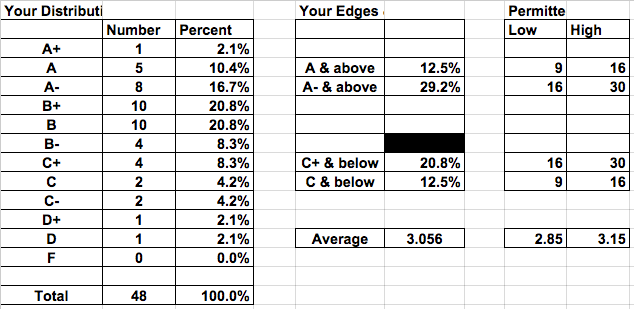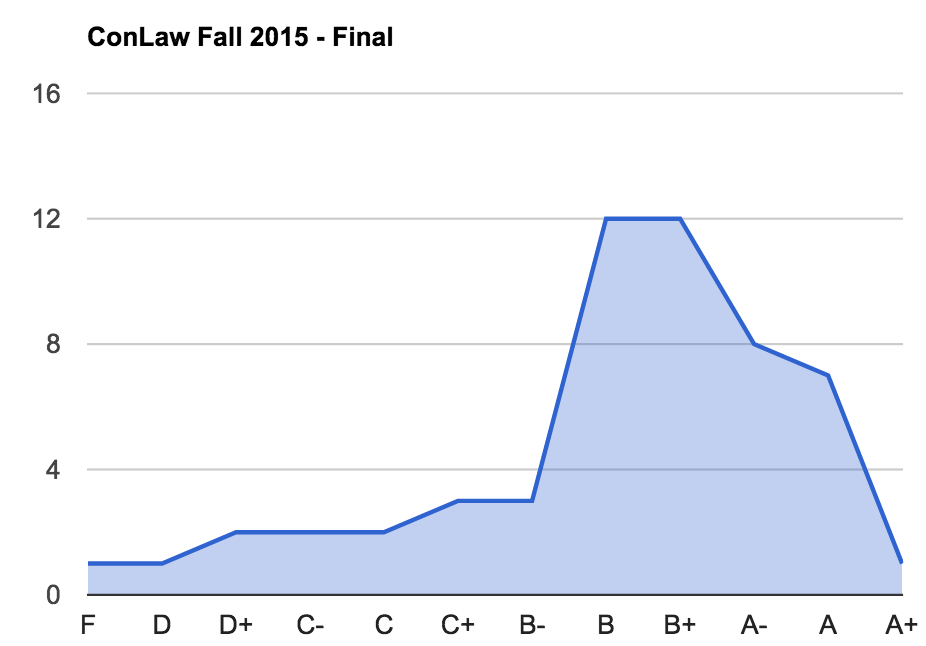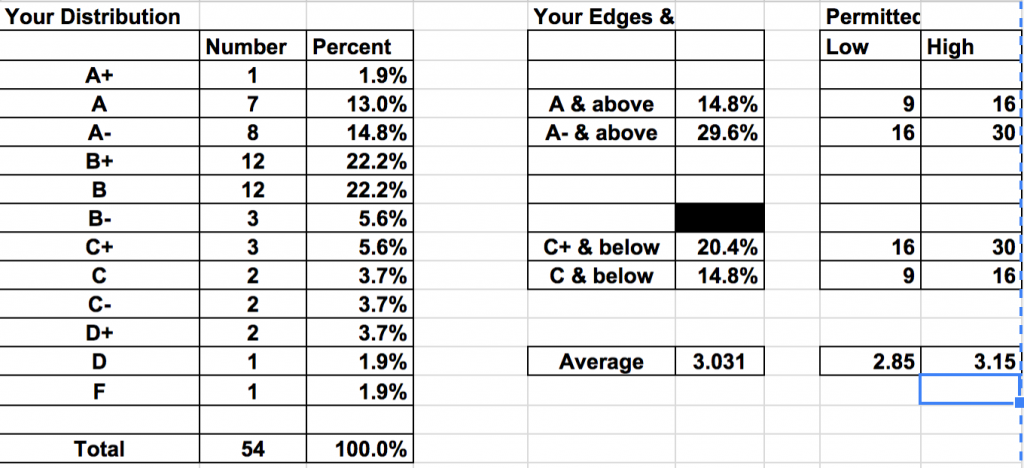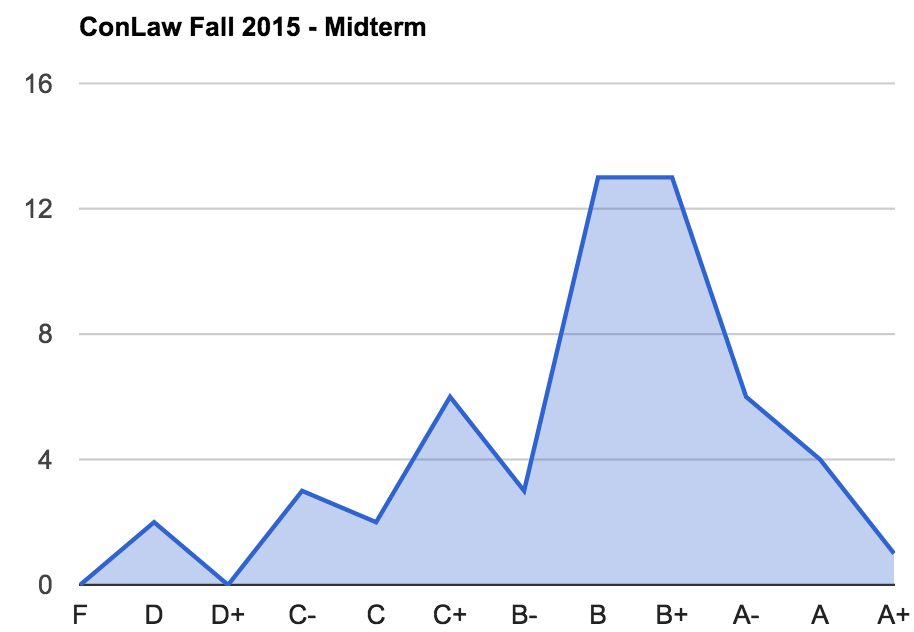I have largely resisted writing about the President’s imminent town hall meeting where he will announce from on high his new plan to control guns through some species of executive actions. Why? I don’t know what he is going to do! There was a similar waiting game during the Summer of 2014 when we patiently awaited what the immigration action would look like. There have been rumors, which I addressed here and here, but until we know for sure the plan, everything else is speculation.
Today, Reuters sketches out two possible options the President may take.
Option #1 would be an executive order redefining what it means to be “in the business” of selling guns.
The Washington Post and Politico reported late last week that one of Obama’s main proposals would require some unlicensed gun dealers to get licenses and conduct background checks on potential buyers. Current law exempts smaller dealers who often operate at gun shows and sell online.
As rumored, this would quantify how many guns a person can sell annually before he would have to register for a Federal Firearms License (FFL). This would trigger (no pun intended) immediate law suits from people who sell that quantity of guns, and would be adversely affected. Also, be sure to hear from widows who inherited a hundred guns from their husbands, and do not wish to register as an FFL to sell them off. Needles to say, with this option, a Republican President could rescind this order with the stroke of a pen.
Option #2 would direct the ATF to refine its guidance about who is considered a dealer:
Obama could take the less risky path on guns by directing the Bureau of Alcohol, Tobacco, Firearms and Explosives (ATF) to redefine its guidance on who is considered a dealer under federal gun law. This would be advisory and lack the force of law, which would mean that prosecutors could not rely on it when pursuing small gun dealers.
“The guidance could be used as evidence that prosecutors made a reasonable interpretation that a dealer needed a license, but it’s not binding,” said James Jacobs, law professor at New York University and author of the 2004 book “Can Gun Control Work?”
“In a way, it’s more like a speech, like the head of the ATF saying who needs a federal dealer’s license,” he said.
However, this approach would not be binding, and indictments could still be challenged on the ground.
Option #3 would go through the notice-and-comment process for ATF to formally redefine who is a firearms dealer.
Obama could choose an even more cautious route and direct the ATF to begin the formal administrative rulemaking process to change its regulations for who is considered a firearms dealer under the existing Gun Control Act. Agency action that includes the chance for public comment would create an enforceable rule that would likely pass legal muster, but that process probably would not conclude before Obama leaves office in January 2017.
Lawmakers could still try to block such ATF rulemaking by denying the agency funding, particularly funds for enforcing the rule if it was passed in the face of congressional opposition.
This approach would be harder to revoke by the next President, however, the rulemaking process may be held up for years before it ever goes becomes finalized. Plus, because it is a formal agency action, Congress can defund it.
Whatever the action looks like, it will not make a lick of a difference. As Adam Winkler noted:
Regardless of what steps Obama might take to increase the number of dealers who must conduct background checks, legal experts said that he cannot accomplish his desired gun control agenda – like boosting oversight of gun show sales – through executive action alone.
“This won’t really close the gun-show loophole, it will only narrow that loophole,” said Adam Winkler, a law professor at UCLA and author of Gunfight: The Battle Over the Right to Bear Arms in America. “This is going to marginally increase the number of people who have to get a license.”
This is all for show.
A common refrain–and one that has been flying around the constitutional lawprof list-serve–is that this is the most contemptible Congress of all time (even worse than the Civil War) and that the Republicans should be censured for not enacting the “common-sense” gun laws the President wants. (I’m sure the GOP would gladly put on the President’s desk a law guaranteeing nationwide concealed carry). As a result, the President is justified in using his executive power to its utmost potential, with an increasingly implausible series of defenses.
I couldn’t disagree more. In the face of congressional intransigence, there is one very powerful executive action that Obama has utterly failed at using effectively–the bully pulpit. When the Congress does something the President doesn’t like, the President can speak to the American people to show why Congress was wrong. In the midterm elections, the President can campaign for politicians of his own party, to build legislative majorities, so that his agenda can be enacted. Yet this hasn’t happened. Quite the opposite over the last 7 years, in fact. Since President Obama took office in 2009 with a 60-vote super majority in the Senate, and a large majority in the House, his party has lost representation in Congress in every elections. Despite “contemptible” behavior by Congress in 2010 and 2012, the GOP continues to make gains. The effect has been ever more pronounced at the local level with an unprecedented number of Governorships and State Legislatures being control by Republicans.
But I think the criticism is even more profound. The reason why Congress is opposing President Obama’s agenda is because the American people voted for representatives to oppose his agenda. When elite segments of society exhibit scorn against Republican members of Congress for not passing progressive legislation, I see this as a proxy for scorn against the American people for not electing Democrats who will vote for that progressive legislation. Is it surprising that Congress votes to repeal Obamacare for the umpteenth time when a majority of the electorate do not like the law–and are likely made worse off by it– want to see it repealed?
In his final year of office, with majorities in neither house, and record-low popularity ratings, maybe the President has little to do but “sit around and do nothing,” other than try to get more Democrats into office for 2016. Perversely, taking rash and feckless action on guns–assuming they ever go into effect–may make that task even harder.



